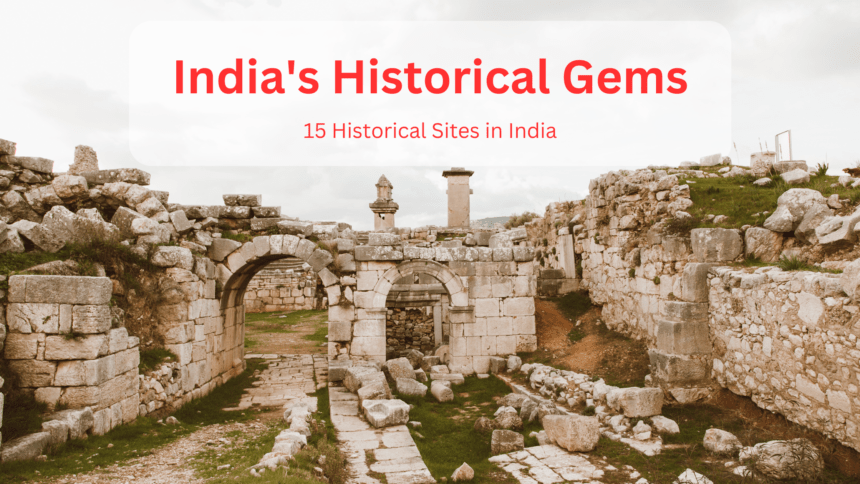India, with its millennia-spanning history, presents an unparalleled tapestry of cultural and architectural heritage. This land, where ancient civilizations thrived, offers a journey through time with its myriad historical places in India. From the monumental relics of empires long gone to sacred spaces of spiritual enlightenment, India’s historical landscape are a treasure trove for any history aficionado.
1. The Majestic Taj Mahal
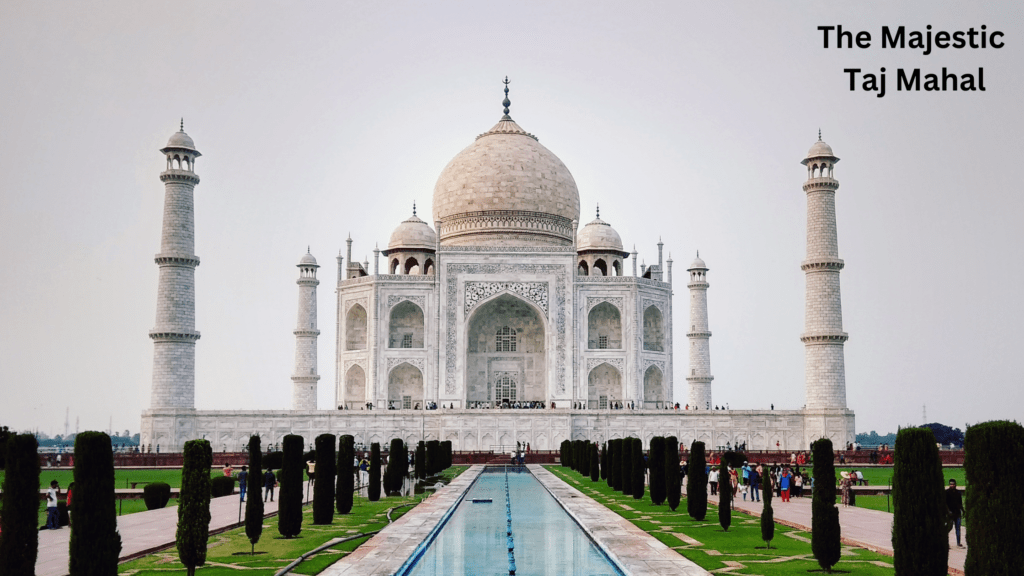
Architectural Marvel of Mughal Era
The Taj Mahal, an ivory-white marble mausoleum on the south bank of the Yamuna River in Agra, is the epitome of Mughal architecture and one of the most famous historical places in India. Commissioned in 1632 by Emperor Shah Jahan to house the tomb of his beloved wife Mumtaz Mahal, this UNESCO World Heritage site showcases the zenith of Indo-Islamic architecture.
Symbol of Eternal Love
Beyond its architectural grandeur, the Taj Mahal stands as a symbol of eternal love. The symmetrical beauty, the intricately carved marble inlays, and the expansive gardens reflect a narrative of love and loss, making it a poignant testament to Shah Jahan’s devotion.
2. The Ancient City of Varanasi

Cradle of Spirituality
Varanasi, one of the oldest continuously inhabited cities in the world, is revered as the spiritual heart of India. Known as Kashi or Benares, this city has been a center for Hindu pilgrimage, learning, and culture for thousands of years, it is one of the most spiritually significant historical places in India
Ganges and Ghats: A Sacred Confluence
The ghats of Varanasi, a series of steps leading to the river Ganges, are where life and death converge. Rituals, from morning prayers to cremations, play out along these sacred banks, embodying the profound spiritual traditions of Hinduism. .
3. The Timeless Ruins of Hampi
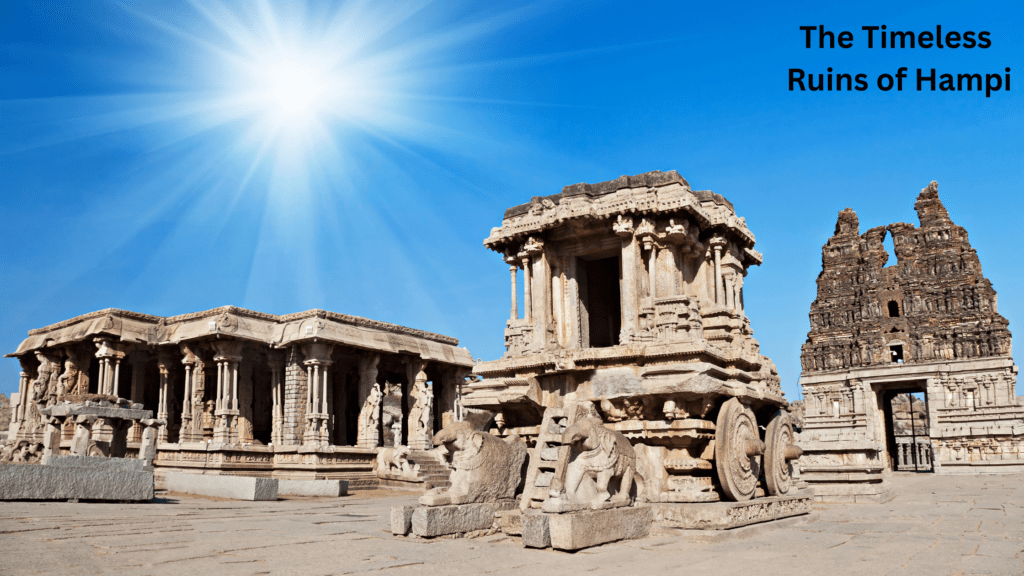
The Vijayanagara Empire’s Legacy
Hampi, once the thriving capital of the Vijayanagara Empire, now lies in ruins, whispering tales of grandeur and conquest. The expansive site, with its palaces, temples, and market streets, offers a glimpse into the empire’s opulence and architectural prowess, marking it as one of the significant historical places in India.
Enigmatic Stone Structures
The monolithic structures and intricate carvings of Hampi are a marvel. The Virupaksha Temple, Vittala Temple with its musical pillars, and the iconic stone chariot are some of the highlights that continue to fascinate historians and tourists alike, solidifying its status among ancient places in India.
4. The Historic Red Fort
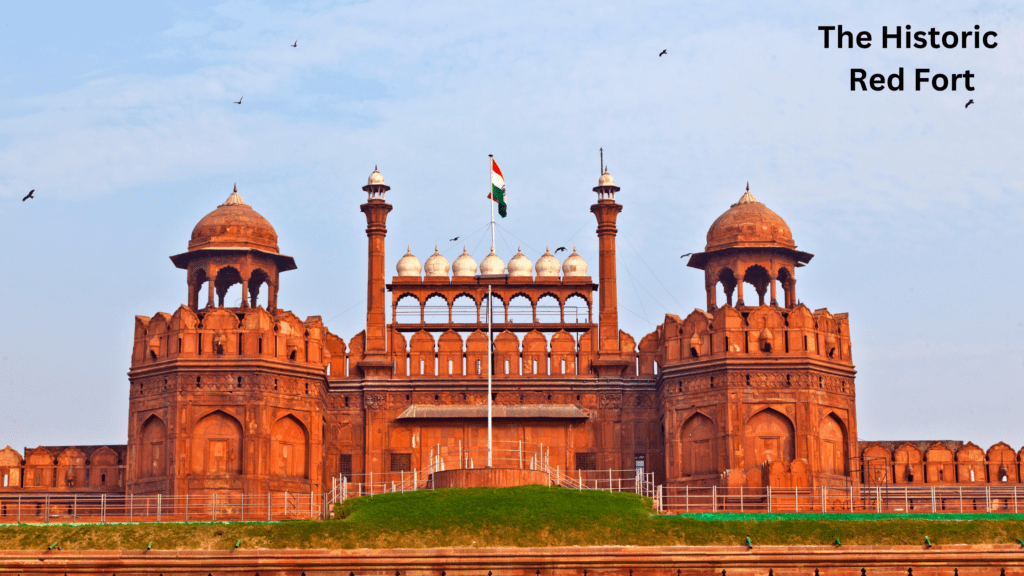
Heart of Mughal Power
The Red Fort in Delhi, with its massive red sandstone walls, served as the main residence of the Mughal emperors for nearly 200 years. Built by Emperor Shah Jahan in the mid-17th century, this fort is a symbol of India’s rich Mughal heritage and one of the foremost historical places in India.
Intricate Design and Red Sandstone
The fort’s intricate architecture, featuring a blend of Persian, Timurid, and Indian styles, is a visual delight. The Diwan-i-Aam (Hall of Public Audience), Diwan-i-Khas (Hall of Private Audience), and the stunning Rang Mahal are just a few of the architectural gems within this historic complex.
5. The Ellora and Ajanta Caves
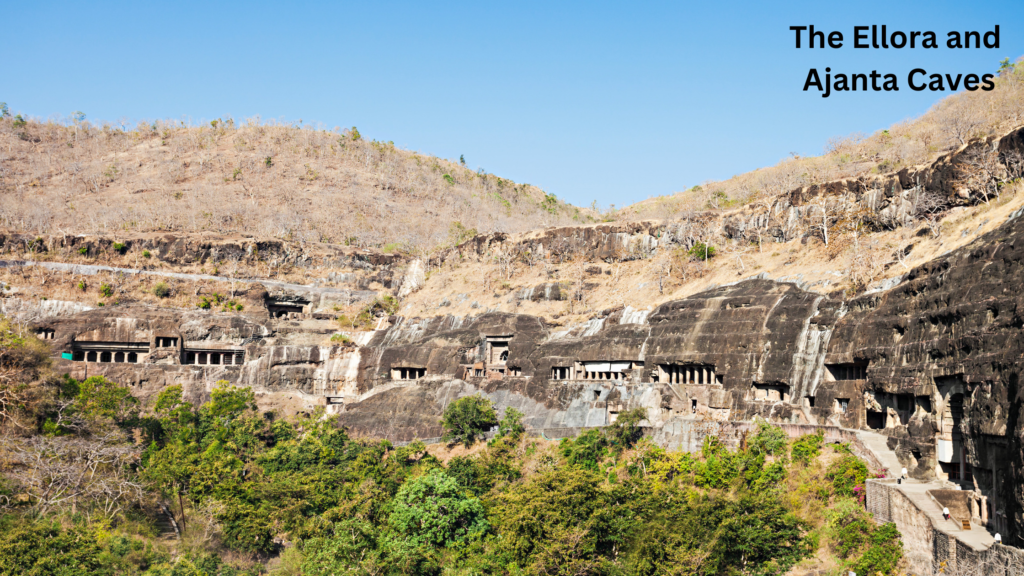
Rock-Cut Wonders
The Ellora and Ajanta Caves in Maharashtra are rock-cut wonders that date back to the 2nd century BCE. These caves, carved into hillside rock, feature a mix of Buddhist, Hindu, and Jain temples and monasteries, reflecting the religious harmony of ancient India and making them prominent historical places in India.
Buddhist, Hindu, and Jain Heritage
The Ajanta Caves are renowned for their exquisite frescoes and sculptures, while the Ellora Caves boast monumental rock-cut temples like the Kailasa temple, an engineering marvel carved from a single rock. These sites are a testament to India’s diverse spiritual and cultural heritage site in India.
6. The Ancient Nalanda University
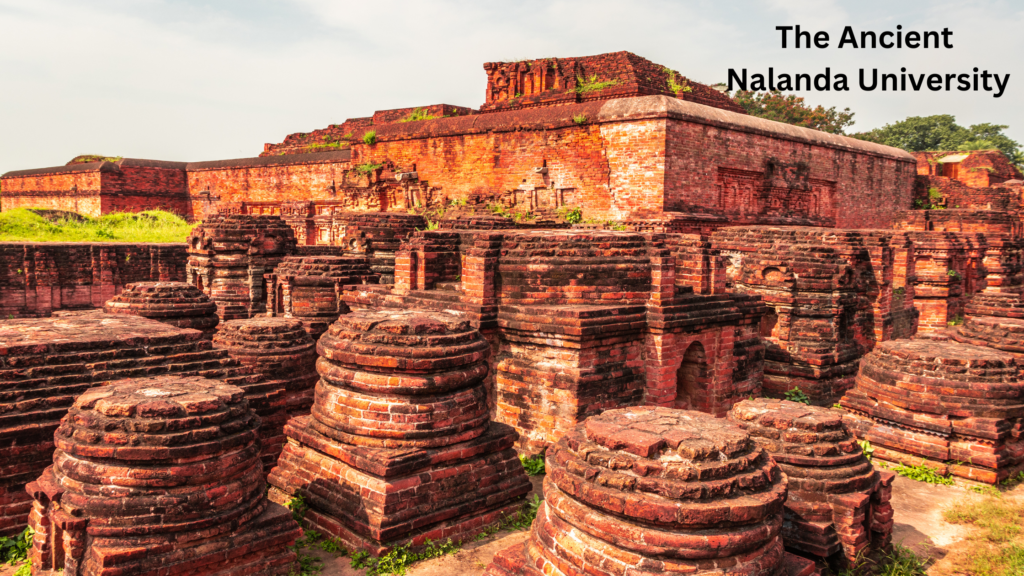
Center of Learning and Culture
Nalanda, one of the oldest universities in the world, was a revered center of learning from the 5th to the 12th centuries. Scholars from all over Asia flocked to this ancient seat of knowledge, which played a pivotal role in the dissemination of Buddhist teachings, marking it as one of the historical places in India.
Archaeological Significance
Today, the ruins of Nalanda in Bihar are a UNESCO World Heritage site, with excavations revealing monasteries, classrooms, and stupas. The site stands as a symbol of India’s historical commitment to education and intellectual pursuit.
7. The Mysore Palace
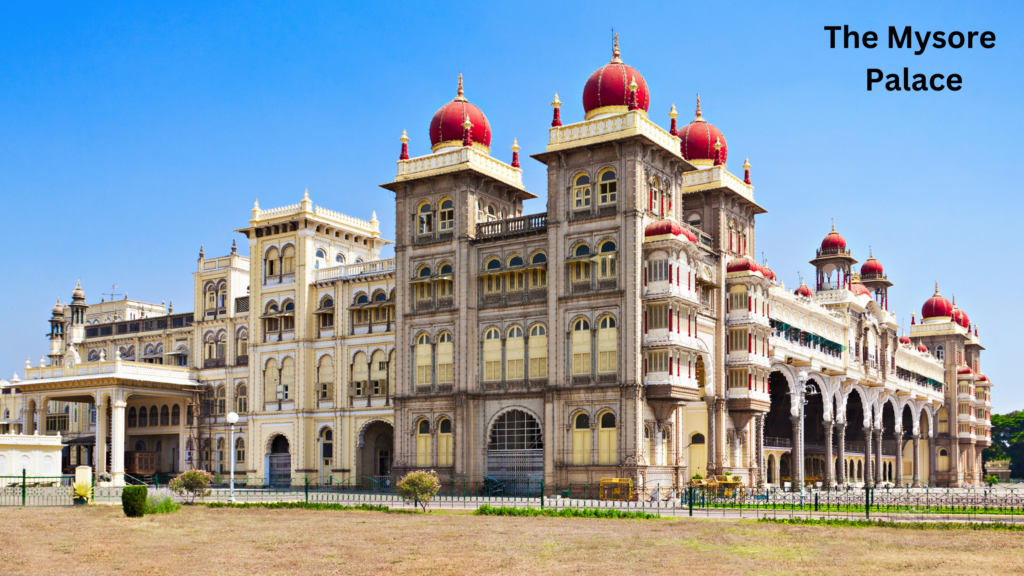
Grandeur of the Wodeyar Dynasty
The Mysore Palace, an opulent royal residence in Karnataka, exemplifies the grandeur of the Wodeyar dynasty. Built in the Indo-Saracenic style, the palace is a blend of Hindu, Muslim, Rajput, and Gothic architectural elements, securing its place among historical places in India.
Blend of Indo-Saracenic Architecture
Adorned with intricately carved doors, stained glass ceilings, and regal durbar halls, the Mysore Palace comes alive during the Dussehra festival, when it is illuminated with thousands of lights, creating a breathtaking spectacle.
8. The Fatehpur Sikri
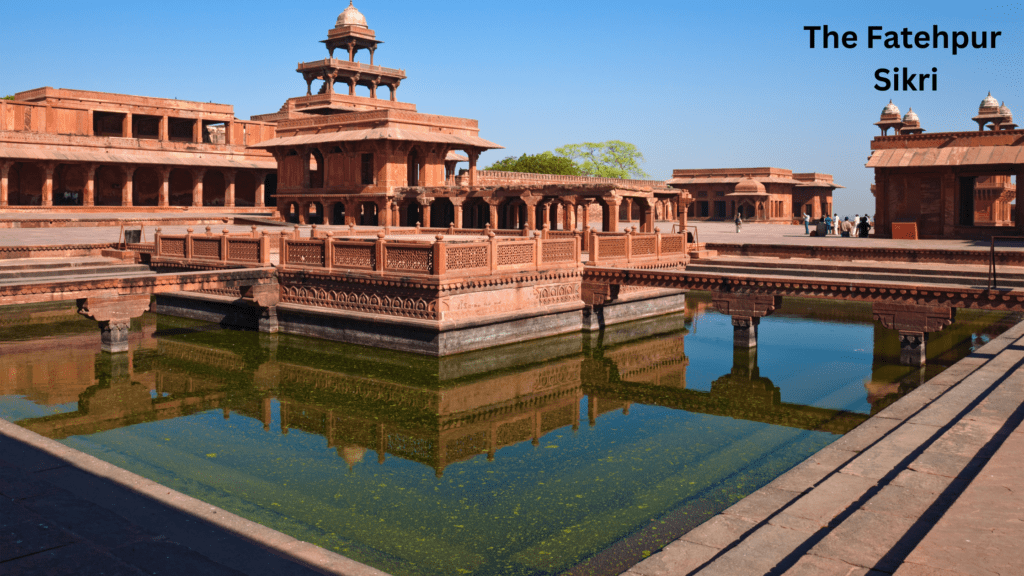
Akbar’s Deserted Capital
Fatehpur Sikri, a city founded by Mughal Emperor Akbar in the 16th century, stands as a UNESCO World Heritage site. This ghost city, made of red sandstone, was the Mughal capital for only 14 years due to water scarcity but remains a remarkable testament to Akbar’s vision, making it one of the notable historical places in India.
Syncretic Architectural Style
The city is a blend of Islamic and Hindu architectural styles, reflecting Akbar’s policy of religious tolerance. Key attractions include the Buland Darwaza, Jama Masjid, and the Panch Mahal, each showcasing unique architectural brilliance.
9. The Qutub Minar Complex

Tallest Brick Minaret
Qutub Minar, a UNESCO World Heritage site in Delhi, is the tallest brick minaret in the world. Commissioned by Qutb-ud-din Aibak in 1192, this soaring minaret is a symbol of the beginning of Muslim rule in India and one of the prominent historical places in India.
Testament to Islamic Influence
The Qutub complex, with its intricate carvings and inscriptions, also houses the Quwwat-ul-Islam Mosque and the enigmatic Iron Pillar, which remains rust-free after centuries, intriguing metallurgists and historians alike, making it one of the fascinating historical places in India.
10. The Konark Sun Temple
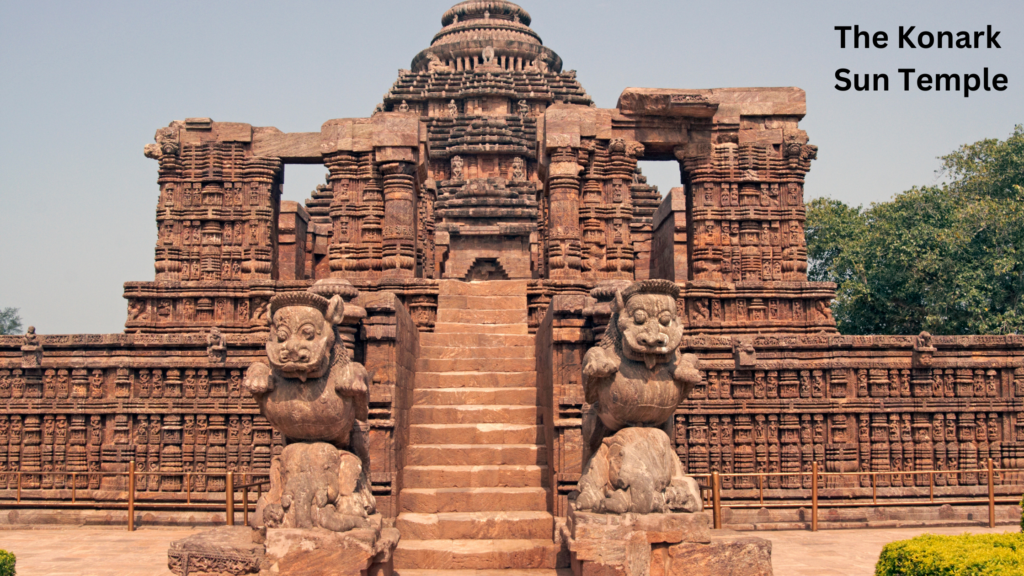
Architectural Epitome of Kalinga
The Konark Sun Temple in Odisha, an architectural masterpiece, was built in the 13th century by King Narasimhadeva I. Designed in the shape of a colossal chariot, this temple is dedicated to the Sun God, Surya, and is one of the remarkable historical places in India.
Chariot of the Sun God
The temple’s intricate carvings, depicting scenes from daily life and mythology, are a testament to the artistic and engineering skills of the era. Though partially in ruins, the Sun Temple continues to captivate visitors with its grandeur, making it a notable historical place in India.
11. The City Palace of Udaipur
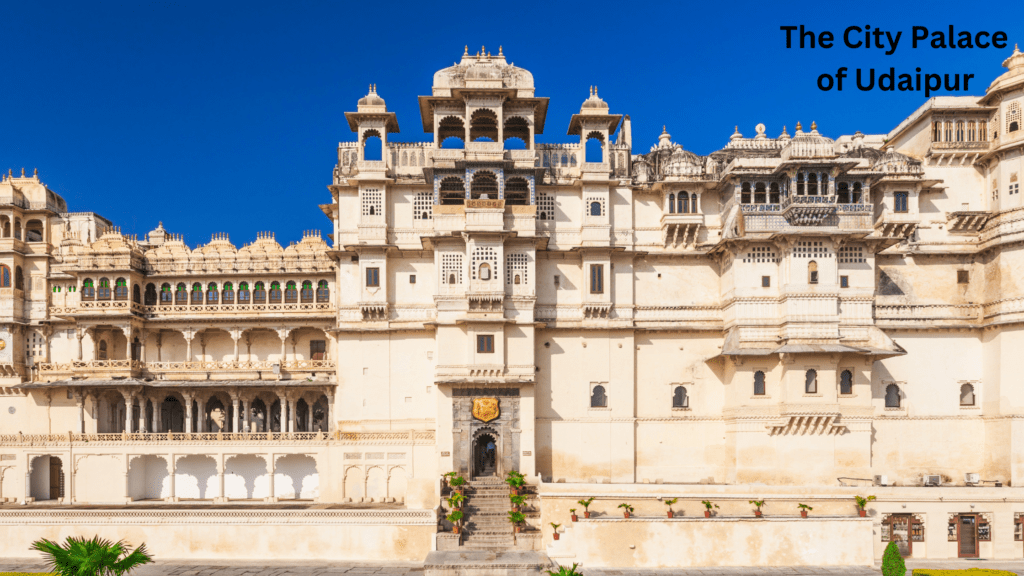
Regal Grandeur by Lake Pichola
The City Palace in Udaipur, Rajasthan, is a splendid architectural marvel overlooking Lake Pichola. Built over nearly 400 years by various rulers of the Mewar dynasty, this palace complex is a fusion of Rajasthani and Mughal architecture and one of the grand historical places in India.
Fusion of Rajasthani and Mughal Styles
The palace features ornate balconies, towers, and cupolas, and houses a museum that showcases artifacts from Rajasthan’s royal past. The scenic views of the lake and the Aravalli hills add to the palace’s majestic charm.
12. The Gateway of India
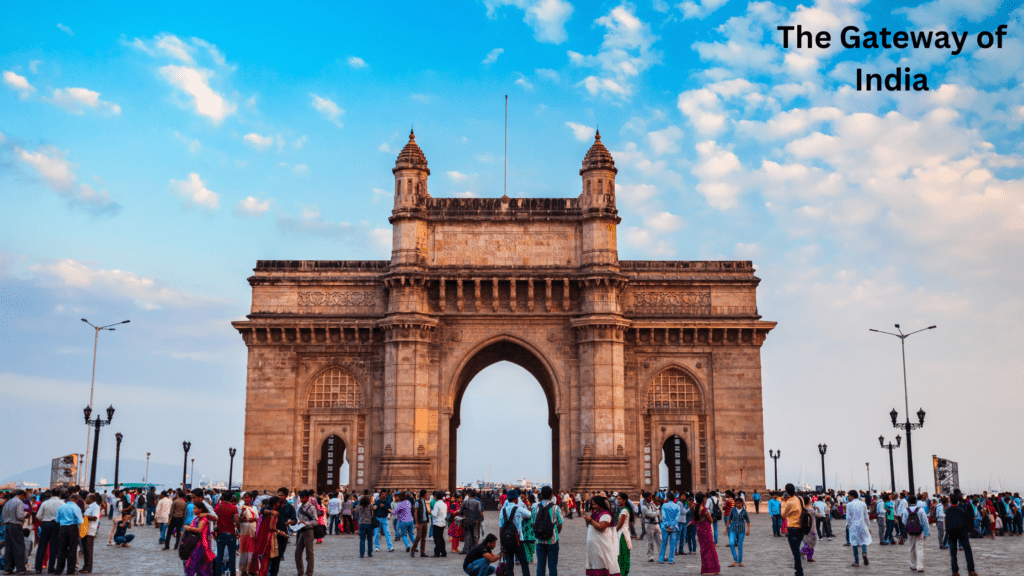
Colonial-Era Landmark
The Gateway of India, an iconic monument in Mumbai, was built in 1924 to commemorate the visit of King George V and Queen Mary. This basalt archway, blending Hindu and Muslim architectural styles, stands as a symbol of India’s colonial past and is one of the historical places in India that symbolizes the country’s journey to independence.
Symbol of Mumbai’s Heritage
Overlooking the Arabian Sea, the Gateway of India is a bustling hub for locals and tourists alike. It marks the spot where the last British troops left India in 1948, symbolizing the end of British rule in India. The Gateway remains a poignant reminder of Mumbai’s role in the history of the Indian subcontinent
13. The Rani Ki Vav
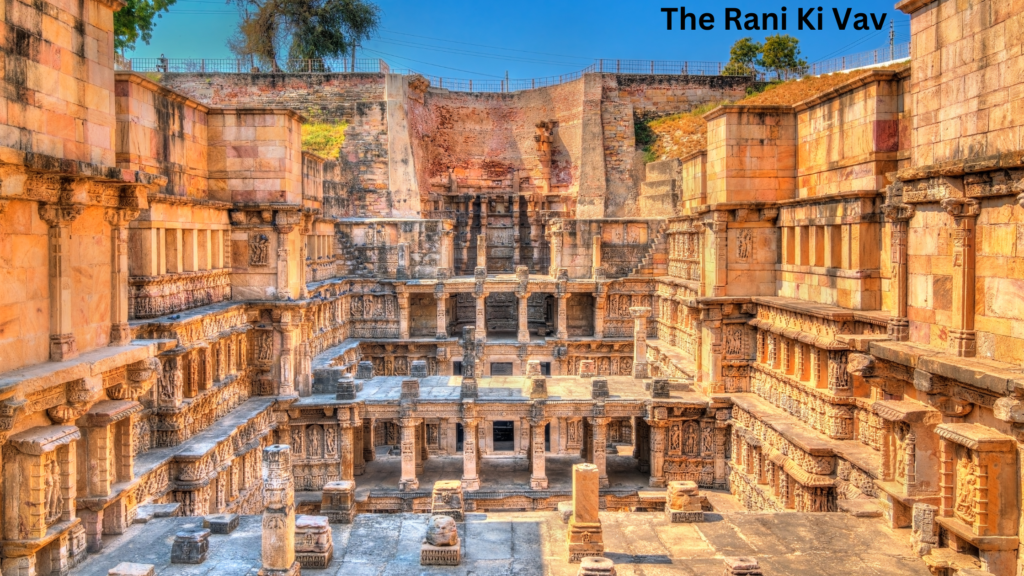
Queen’s Stepwell in Patan
Rani Ki Vav, a stepwell located in Patan, Gujarat, is an extraordinary example of subterranean architecture and one of the intriguing historical places in India. Built in the 11th century by Queen Udayamati in memory of her husband King Bhima I, this stepwell is a UNESCO World Heritage site.
UNESCO World Heritage Site
The stepwell’s intricate carvings and sculpted panels, depicting gods, goddesses, and mythological scenes, demonstrate the height of craftsmanship in ancient India. It served both as a water resource and a place of social and spiritual significance, making Rani Ki Vav one of the extraordinary historical places in India.
14. The Cellular Jail in Andaman
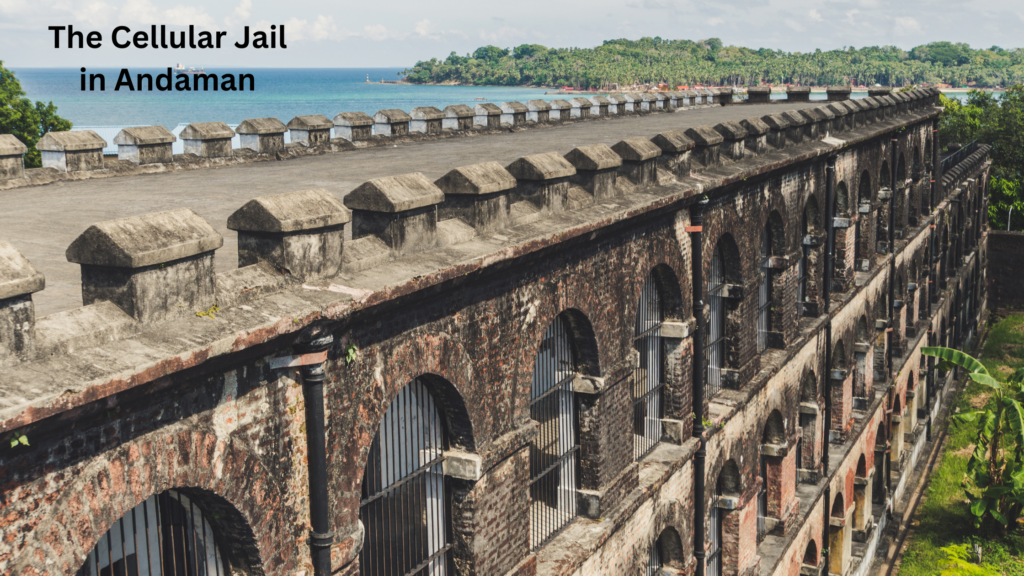
Remnant of Colonial Oppression
The Cellular Jail, also known as Kala Pani, located in Port Blair, Andaman Islands, was a colonial prison used by the British to exile political prisoners. Completed in 1906, this jail symbolized the brutality of colonial repression and is one of the somber historical places in India.
Beacon of India’s Struggle for Independence
Today, the Cellular Jail stands as a national memorial. The prison’s three wings, now partially intact, house a museum and host a poignant light and sound show that narrates the stories of India’s freedom fighters who endured immense hardships within its walls. It remains a significant site among historical places in India, representing the country’s struggle for independence.
15. The Meenakshi Temple
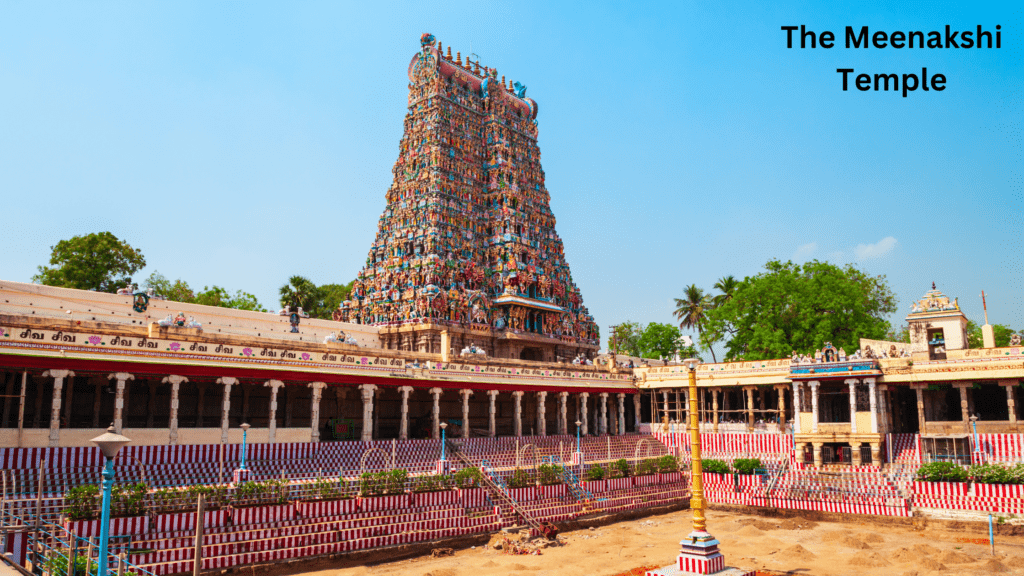
Architectural Splendor of Dravidian Style
The Meenakshi Temple, located in the ancient city of Madurai, Tamil Nadu, is one of the most magnificent examples of Dravidian architecture in historical Places in India. This sprawling temple complex, dedicated to Goddess Meenakshi and her consort Lord Sundareswarar, dates back to the 6th century but was significantly expanded during the reign of the Nayak dynasty in the 16th century.
Temple of Thousand Pillars
The temple is renowned for its towering gopurams (gateway towers), which are adorned with a profusion of colorful statues depicting mythological stories and deities. The Hall of Thousand Pillars, with its intricately carved columns, is an architectural marvel that showcases the artisanship of the era. The temple’s annual 10-day Meenakshi Tirukalyanam festival attracts thousands of devotees and tourists, making it a vibrant cultural hub that reflects the enduring spiritual traditions of South India.
Conclusion
India’s historical places, each with its unique narrative, form an integral part of the country’s rich cultural mosaic. These monuments are not just relics of the past but are living testimonies to India’s diverse and multifaceted history. From the majestic Taj Mahal to the sacred ghats of Varanasi, from the ruins of Hampi to the colonial-era Gateway of India, each site offers a glimpse into the epochs that have shaped this vibrant nation. Exploring these historical places in India is akin to embarking on a journey through time, revealing the splendor and complexity of India’s heritage.
Reference
Guide Book to visit Historical Places in India
Explore below links for more tourism related post:
20 Must-Visit Hill Stations in India for Nature Lovers
12 Safari in India: Exploring Wildlife and National Parks






